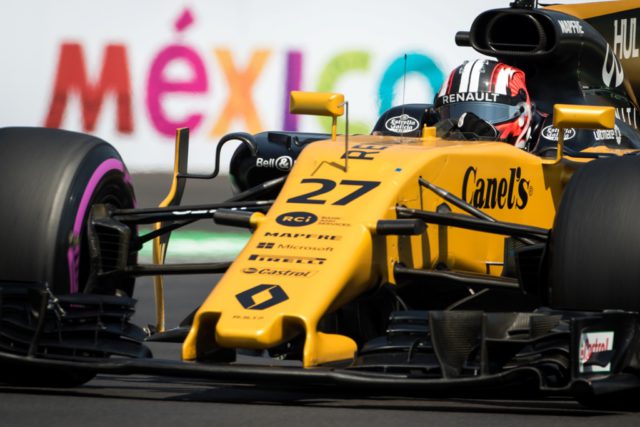After a Mexican Grand Prix which fell short of expectations, the Renault team have a point to prove at Interlagos, one of Formula 1’s most popular circuits, explains Technical Director Nick Chester.
What are the main challenges of Interlagos?
It’s a track with three interesting and contrasting sectors. The first sector is fairly quick with medium to high-speed corners and a short straight which enables DRS overtaking opportunities. The middle sector is very twisty, which should play to the strengths of the R.S.17 pretty well. The lap is capped-off with a big drag up the hill and the long straight. It’s an interesting layout sat at a relatively high altitude. Both drivers should perform well there in the R.S.17.
Interlagos was once the highest on the calendar, is it still a challenge after the giddy heights of Mexico?
Despite the reasonably high altitude of São Paulo, Mexico City trounces it. Instead of being 25% down on air density as we are in Mexico, we’ll be down only by around 10% which is much, much easier to manage. We’re not expecting too many dramas to control temperatures and there will be a range of set-ups for us to try out. It’s not a full downforce track like Monaco or Hungary but there are a range of aero set-ups for us to try.
Dare we mention the weather?
The weather can be quite exciting there and is always a bit of an uncertainty. Notably, there have been four wet races in the past nine years at Interlagos. We haven’t had many wet races this year, so certainly there’s some scope for interest. We’ll be well prepared for any eventuality.
What are your thoughts on Carlos Sainz’s first two races with the team?
Carlos has been very good. He had a fantastic race in Austin, he works with the team brilliantly, qualifies well and I think he’s done a great job so far. Mexico was tricky with low grip, particularly in the wake of other cars, which led to the spin in the race.
How’s progress with next year’s car?
We’re making strong progress at Enstone and it’s where our focus lies. It’s a completely new car despite a relatively low number of regulation changes. We’ve learnt a lot on the aerodynamic package and the balance of a car built to 2017 regulations, so the car should represent a strong step forward. We’ll be doing some aero runs in practice in Brazil with a variety of aero instrumentation to help prepare the 2018 package.
#TBT vibes with @CarlosSainz55 and @HulkHulkenberg.
Sound on. Go on, you know you want to.
And enjoy ? pic.twitter.com/OgEDgjdeOr— Renault Sport F1 (@RenaultSportF1) November 2, 2017

































